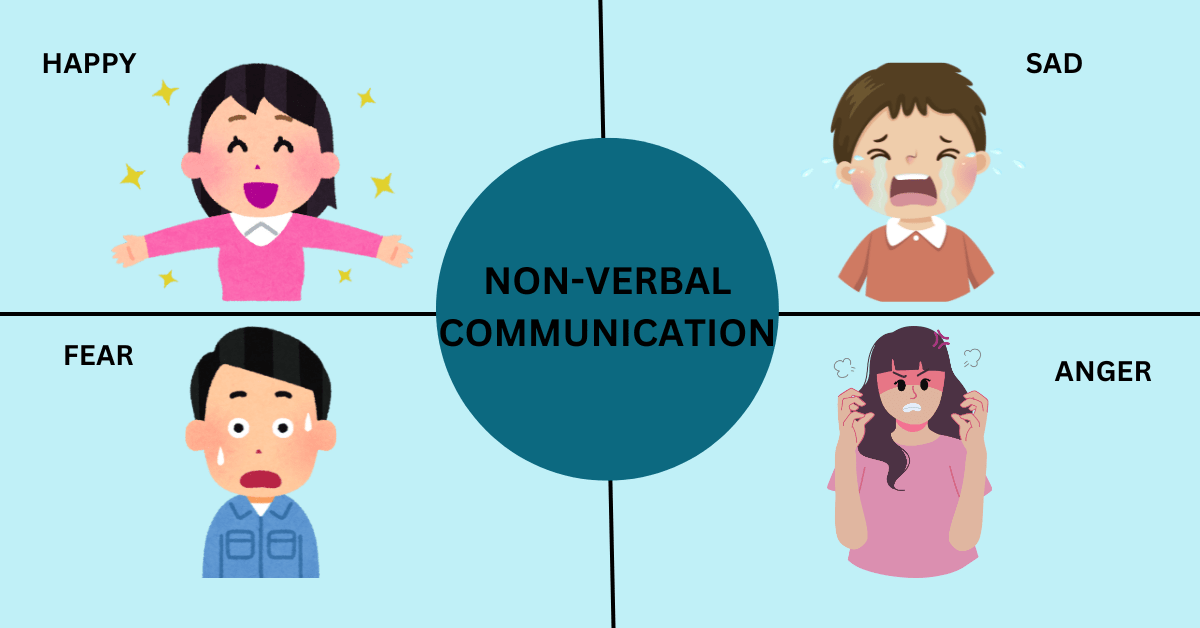Public speaking anxiety, also known as glossophobia, is a common fear that affects a substantial portion of the population. This fear can manifest in various ways, including:
- Physical Symptoms: Sweating, trembling, increased heart rate, dry mouth, and nausea.
- Cognitive Symptoms: Negative thoughts, fear of judgment, and catastrophizing potential outcomes.
- Behavioral Symptoms: Avoidance of speaking opportunities, excessive preparation, and reliance on notes.
Understanding the root causes of this fear is the first step toward overcoming it. Common causes include:
- Fear of Negative Evaluation: Worry about being judged or criticized by others.
- Lack of Experience: Inexperience in public speaking can lead to uncertainty and anxiety.
- Perfectionism: Unrealistic expectations of flawless performance can heighten fear.
- Past Negative Experiences: Previous failures or embarrassing moments can create a lasting fear.
Strategies to Overcome Public Speaking Anxiety
Preparation and Practice
One of the most effective ways to combat public speaking anxiety is through thorough preparation and consistent practice. Familiarity with the content and structure of your speech reduces uncertainty and builds confidence.
- Research and Organize: Gather relevant information and organize your speech into a clear structure with an introduction, body, and conclusion.
- Practice Aloud: Rehearse your speech multiple times, focusing on delivery, pacing, and pronunciation.
- Simulate the Environment: Practice in settings similar to your actual speaking venue to get comfortable with the environment.
- Record and Review: Record your practice sessions and review them to identify areas for improvement and track your progress.
Mindfulness and Relaxation Techniques
Incorporating mindfulness and relaxation techniques can help manage the physical and cognitive symptoms of anxiety.
- Deep Breathing: Practice deep breathing exercises to calm your nervous system and reduce physical symptoms.
- Visualization: Visualize a successful speaking experience to create a positive mindset and reduce anxiety.
- Progressive Muscle Relaxation: Systematically tense and relax different muscle groups to release physical tension.
- Mindfulness Meditation: Engage in mindfulness meditation to stay present and reduce negative thoughts.
Positive Self-Talk and Affirmations
Replacing negative thoughts with positive self-talk and affirmations can shift your mindset and boost confidence.
- Identify Negative Thoughts: Recognize and challenge negative thoughts that contribute to anxiety.
- Positive Affirmations: Repeat positive affirmations such as “I am confident,” “I am well-prepared,” and “I can handle this.”
- Focus on Strengths: Concentrate on your strengths and past successes rather than potential failures.
Gradual Exposure and Desensitization
Gradually exposing yourself to public speaking situations can desensitize you to anxiety triggers and build confidence over time.
- Start Small: Begin with low-stakes speaking opportunities, such as speaking in front of friends or small groups.
- Increase Complexity: Gradually increase the complexity and size of your audience as you become more comfortable.
- Seek Feedback: Ask for constructive feedback from trusted individuals to identify areas for improvement and validate your progress.
Building Confidence in English Public Speaking
Mastering English Language Skills
Improving your overall proficiency in English can significantly enhance your confidence in public speaking.
- Expand Vocabulary: Regularly learn new words and phrases to express yourself more effectively.
- Practice Pronunciation: Focus on correct pronunciation and intonation to ensure clarity and confidence in your delivery.
- Enhance Listening Skills: Engage in active listening to improve comprehension and response skills in English conversations.
Joining Speaking Groups and Clubs
Participating in public speaking groups and clubs provides a supportive environment for practice and feedback.
- Toastmasters International: Join a local Toastmasters club to practice public speaking in a structured and supportive setting.
- Language Exchange Meetups: Participate in language exchange meetups to practice speaking English with native speakers and other learners.
- Online Forums and Groups: Engage in online forums and social media groups dedicated to public speaking and language learning.
Seeking Professional Coaching
Professional coaching can offer personalized guidance and support to enhance your public speaking skills.
- Public Speaking Courses: Enroll in public speaking courses or workshops to learn techniques and receive feedback from experienced instructors.
- Speech Therapists: Work with speech therapists to address specific speech and language challenges.
- Language Tutors: Hire language tutors who specialize in English public speaking to receive targeted instruction and practice.
How EngVarta Helps in Overcoming Fear and Building Confidence
EngVarta is a unique platform designed to help individuals improve their English communication skills through real-time practice and feedback. Here’s how EngVarta can support your journey to becoming a confident English public speaker:
Real-Time Practice with Experts
EngVarta connects you with English experts who provide real-time practice sessions. These sessions allow you to practice public speaking in a controlled environment, receive immediate feedback, and build confidence gradually.
- Personalized Sessions: EngVarta offers personalized practice sessions tailored to your specific needs and goals.
- Immediate Feedback: Receive constructive feedback on your pronunciation, vocabulary, grammar, and overall delivery to identify areas for improvement.
Flexible and Convenient Learning
EngVarta provides a flexible learning environment that fits your schedule, making it easier to practice regularly.
- Anytime, Anywhere: Practice speaking English at your convenience, whether from home, work, or on the go.
- Consistent Practice: Regular practice is crucial for building confidence, and EngVarta’s flexible scheduling ensures you can maintain a consistent practice routine.
Safe and Supportive Environment
EngVarta offers a safe and supportive environment for practicing English without the fear of judgment.
- Judgment-Free Zone: Engage in practice sessions without the fear of being judged or criticized, allowing you to focus on improvement.
- Encouraging Experts: EngVarta’s experts are trained to provide positive reinforcement and constructive feedback, fostering a supportive learning atmosphere.
Goal-Oriented Approach
EngVarta helps you set and achieve specific goals related to public speaking and English communication.
- Goal Setting: Work with experts to set achievable goals and milestones for your public speaking journey.
- Progress Tracking: Track your progress over time to stay motivated and see tangible improvements in your speaking skills.
Interactive Learning Tools
EngVarta incorporates interactive learning tools and resources to enhance your practice sessions.
- Role-Playing Scenarios: Practice real-life public speaking scenarios through role-playing exercises.
- Interactive Activities: Engage in interactive activities designed to improve various aspects of English communication, such as pronunciation drills and vocabulary exercises.
Building Long-Term Confidence
Through consistent practice, personalized feedback, and a supportive environment, EngVarta helps build long-term confidence in English public speaking.
- Sustainable Confidence: Develop sustainable confidence through continuous improvement and reinforcement of your speaking skills.
- Real-World Application: Apply the skills and confidence gained from EngVarta sessions to real-world public speaking opportunities, from presentations to casual conversations.
Conclusion
Overcoming the fear of public speaking and building confidence in English is a gradual process that requires dedication, practice, and the right support. By implementing practical strategies such as preparation, mindfulness, positive self-talk, and gradual exposure, you can significantly reduce anxiety and enhance your public speaking skills. EngVarta provides an invaluable platform for real-time practice, personalized feedback, and a supportive learning environment, making it an excellent resource for anyone looking to improve their English communication and become a confident public speaker. With the right approach and consistent effort, you can transform your fear into confidence and excel in English public speaking.



